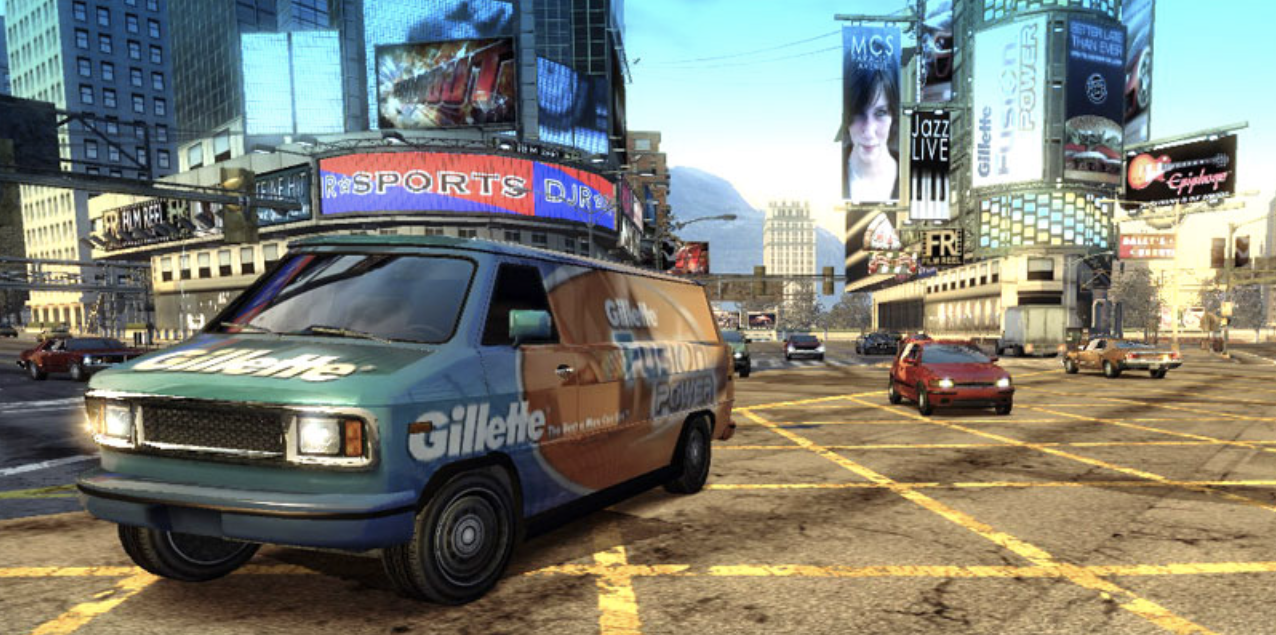In-game ads are hot! According to a new study conducted by The Drum/YouGov, 37 percent of mobile gamers say that in-game ads have predisposed them to make a purchase during the past three months. Moreover, almost a quarter (23 percent) of those polled indicate that in-game ads have inspired them to make multiple purchases. Let’s take a closer look at what this news might mean for your brand.
What Is an In-Game Ad?
In-game ads have evolved to the point where, as discussed in Business of Apps, “we are referring to ad content that seamlessly blends into the gaming environment.” What does this look like, exactly? Essentially, in-game ads can be incorporated into the same places you might see ads in the real world. Sports games like Madden NFL, for example, might feature ads on in-game stadium signage or player jerseys; other games might showcase ads on billboards or storefronts. It’s important to note that “blended” in-game ads like this aren’t meant to be clickable, any more than one can “click” on a billboard when driving by on an expressway. They exist, in the game environment, solely to create brand awareness and affinity. The idea is that intent gamers, presumably hyper-focused on every detail on the screen, will also absorb the ad content.
Brands are already capitalizing on the opportunities inherent in in-game ads. Consider Mastercard, which in a move mimicking real-life exposure, placed its branding on digital banners in Riot Games’ League of Legends Summer Split tournament. As Naz Aletaha, Riot Games Head of Global Esports Partnerships, notes, “SR Arena Banners put our partners’ brands directly on the field of play, creating an immersive experience that echoes the energy found in major sports arenas.”
How Much Money Do In-Game Ads Generate?
Art imitating life in this way can be lucrative. As reported by Technavio research, the in-game advertising market is set to grow by $10.97 billion during the 2020-2024 time window. The study cites an increase in the number of gamers, plus the affinity growing between advertisers and video game companies, as driving the projected growth over the next few years.
In-game ads are certainly poised to capitalize on the growth of the stay-at-home economy as digital, even post-pandemic, becomes a bigger focus of our lives.
What Did the Drum/YouGov Study Say?
For some context, let’s look more closely at The Drum/YouGov study mentioned earlier. The poll of 1,200 U.S. adults, conducted on May 19, 2021, revealed some interesting stats: of those who were inspired to spend because of an in-game ad, half were male, half were female, and the most likely demographic to make a purchase was the 30- to 35-year-old bracket. Although some gamers are still disinclined to succumb to an actual purchase, nearly two in five (39 percent) of mobile gamers say they at least remember the brands they saw, very well or fairly well. (Again, the Millennial market dominated this response, with 53 percent recalling an ad.)
Nicole Pike, YouGov’s global sector head of esports and gaming, sums it up: “In-game advertising, especially on mobile, continues to be a severely undertapped ad medium relative to the time and money investment we see from gamers.”
What Should Brands Do?
What to make of this intel? We recommend that you:
- Know your audience—and where to find them. As we’ve blogged, gamers are a diverse audience. Know their habits and their passion points. Above all, understand what games your target audience enjoys. Are you reaching out to moms looking to relax with a game like Monument Valley 2? Teens invested in the worldbuilding aspects of Minecraft? Knowing where to find your audience is key.
- Know your gaming opportunities. It’s important to understand how and where your in-game ad will appear. And make sure the game is a good fit for your brand overall. You may not want, for example, your ad to appear in a game like Grand Theft Auto if its content (violent adult themes) is in direct conflict with the brand your company has created.
Contact True Interactive
Eager to learn more about the opportunities gaming—and in-game ads—can afford your brand? Contact us. We can help.
